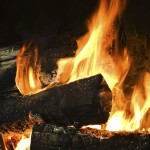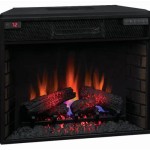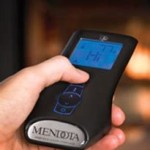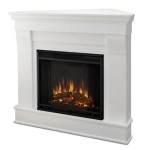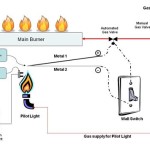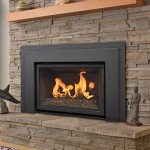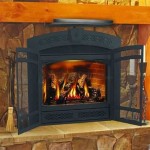Essential Aspects of Choosing the Best Firewood for Your Fireplace
Selecting the right firewood is crucial for an enjoyable and efficient fireplace experience. Various types of wood offer different burning characteristics, heat output, and aroma. Understanding these factors will help you optimize your fireplace's performance and create a cozy and welcoming ambiance in your home.
1. Type of Wood
Hardwoods, such as oak, maple, and beech, are denser and burn longer than softwoods like pine and cedar. Hardwoods produce more heat, emit less smoke, and create a more fragrant aroma. They are ideal for primary heating purposes.
2. Moisture Content
Firewood with a high moisture content will smolder instead of burn cleanly. It produces more smoke and reduces heat output. Seasoned firewood, which has been air-dried for at least six months, has a moisture content of 15% or less. This ensures a more efficient and enjoyable burn.
3. Split Size
The size of the firewood you choose depends on the size of your fireplace and the desired flame height. Larger logs burn longer but require more air circulation. Smaller logs ignite more easily but may burn out faster. It's best to have a mix of sizes to regulate the fire's intensity.
4. Seasoning
Properly seasoning firewood allows the moisture to evaporate, resulting in a more efficient and cleaner burn. Freshly cut wood contains up to 50% moisture, which hinders combustion. Stack seasoned firewood in a dry, well-ventilated area to promote drying.
5. Aroma
Different types of wood release unique aromas when burned. Oak and hickory are known for their sweet and smoky scents, while cedar and pine produce a more earthy and fresh aroma. Choose wood that complements your personal preferences and creates a pleasant ambiance.
6. Creosote Buildup
Creosote is a tar-like substance that forms as wood burns. Excessive creosote buildup can clog chimneys and cause fire hazards. Resins in softwoods produce more creosote than hardwoods. To minimize creosote buildup, burn seasoned hardwood and have your chimney cleaned regularly.
7. Ash Content
Firewood with high ash content leaves behind more ash residue in the fireplace. Hardwoods generally have lower ash content than softwoods. Excessive ash can block air circulation and reduce heat output. Choose low-ash wood to minimize cleanup and maintain fireplace efficiency.

What Is The Best Wood For Fireplace Comfort All Winter Long

The Best And Worst Types Of Wood For Burning In Fireplace Bob Vila

What Is The Best Firewood For Fireplace Panadero

What Is The Best Firewood For Fireplace Panadero

Best Firewood For A Fireplace Top Choices

Best And Worst Woods For Fireplaces

What Is The Best Wood To Burn In Your Fireplace Does It Matter

How Many Firewood Bundles Do I Need To Buy A Quick Guide

What Kind Of Wood Is Good To Burn In Your Stove Or Fireplace

Best Firewood To Burn For Minimal Smoke And High Heat Goodland
Related Posts

